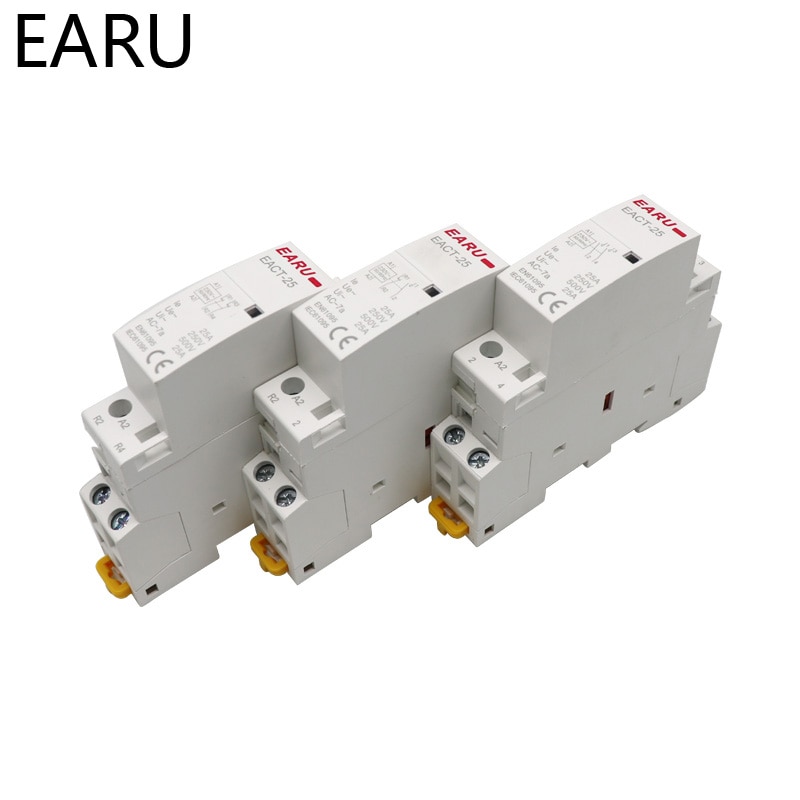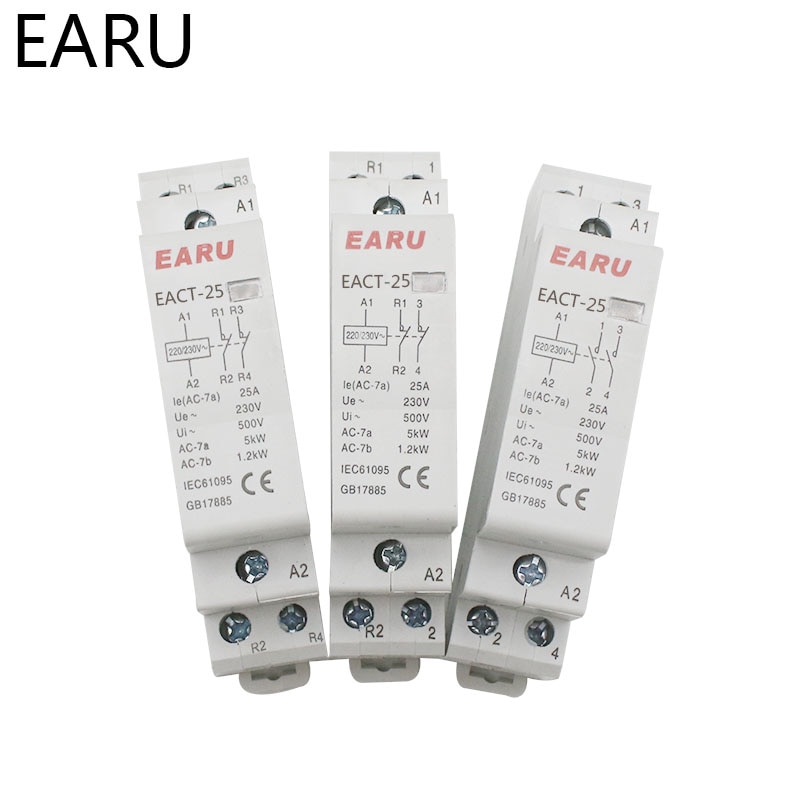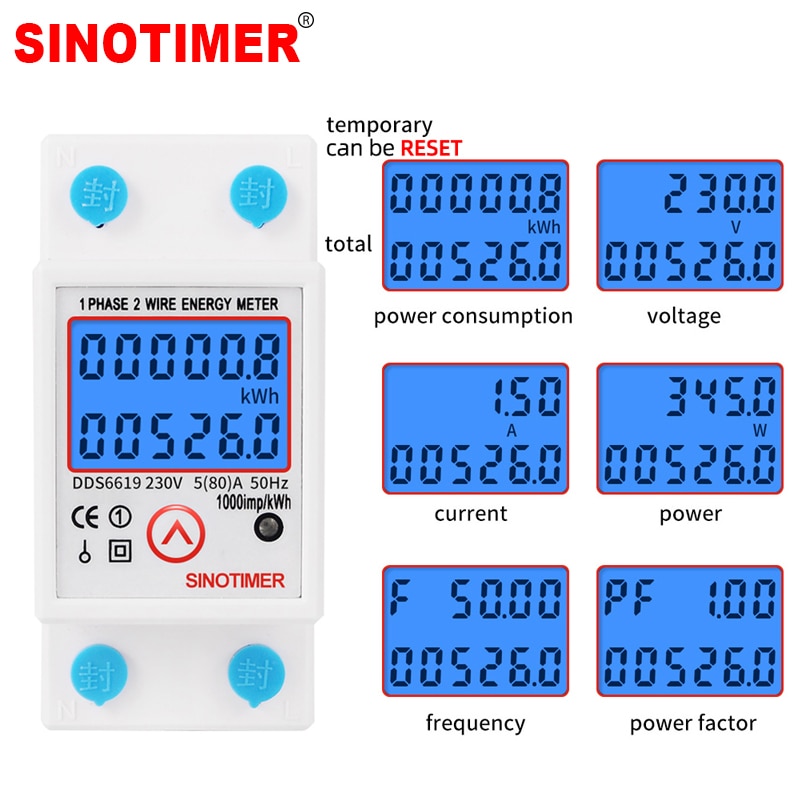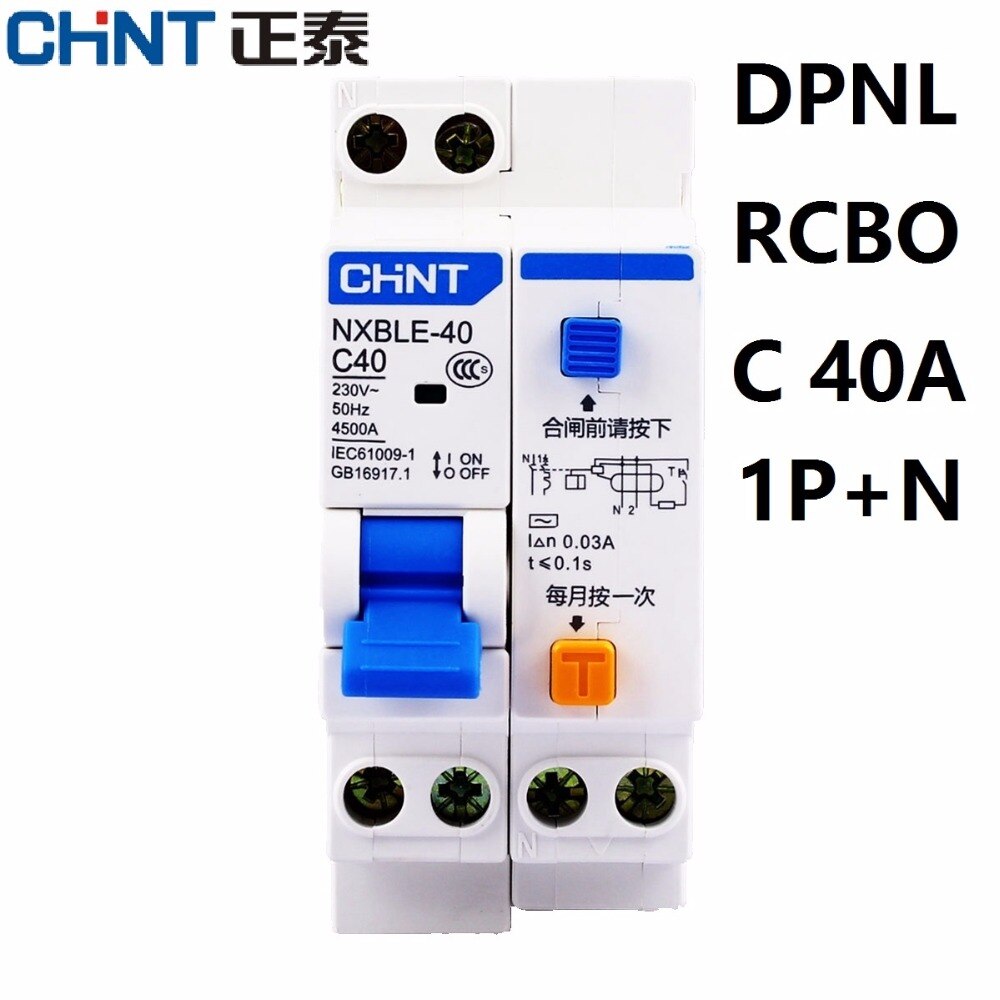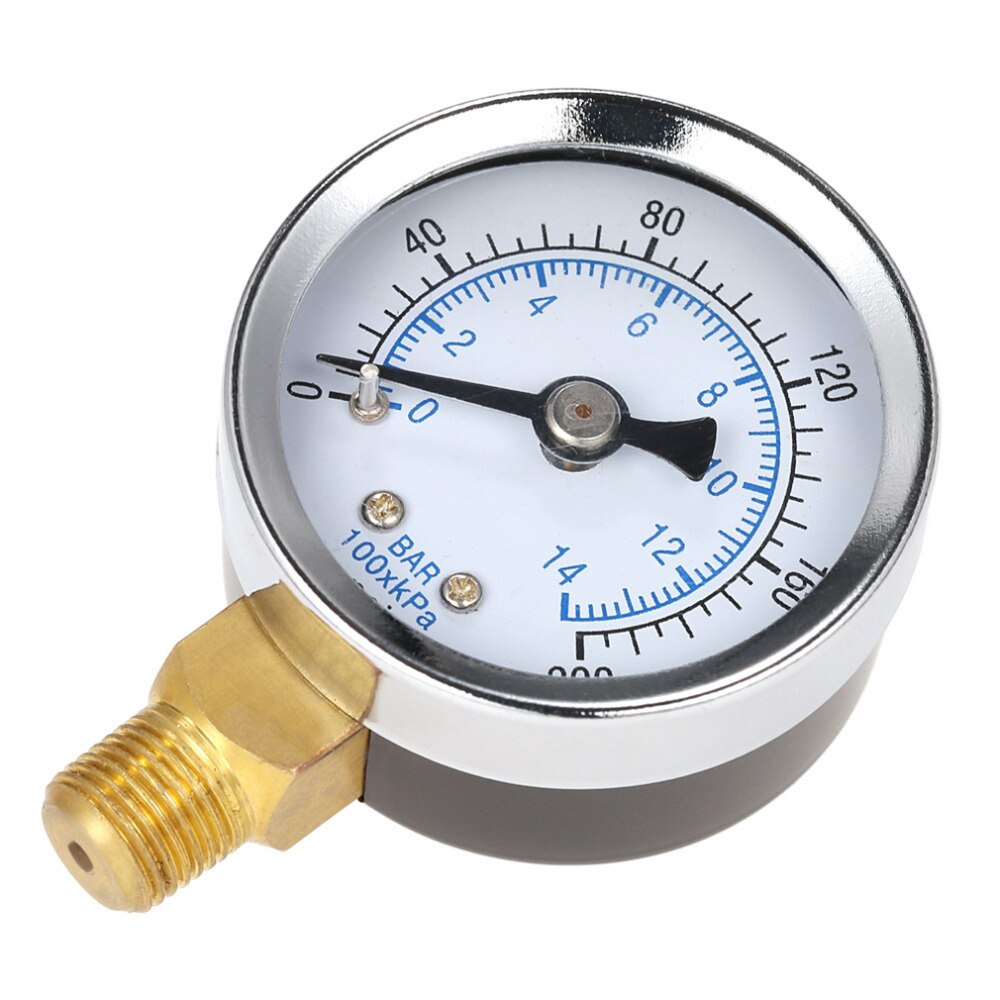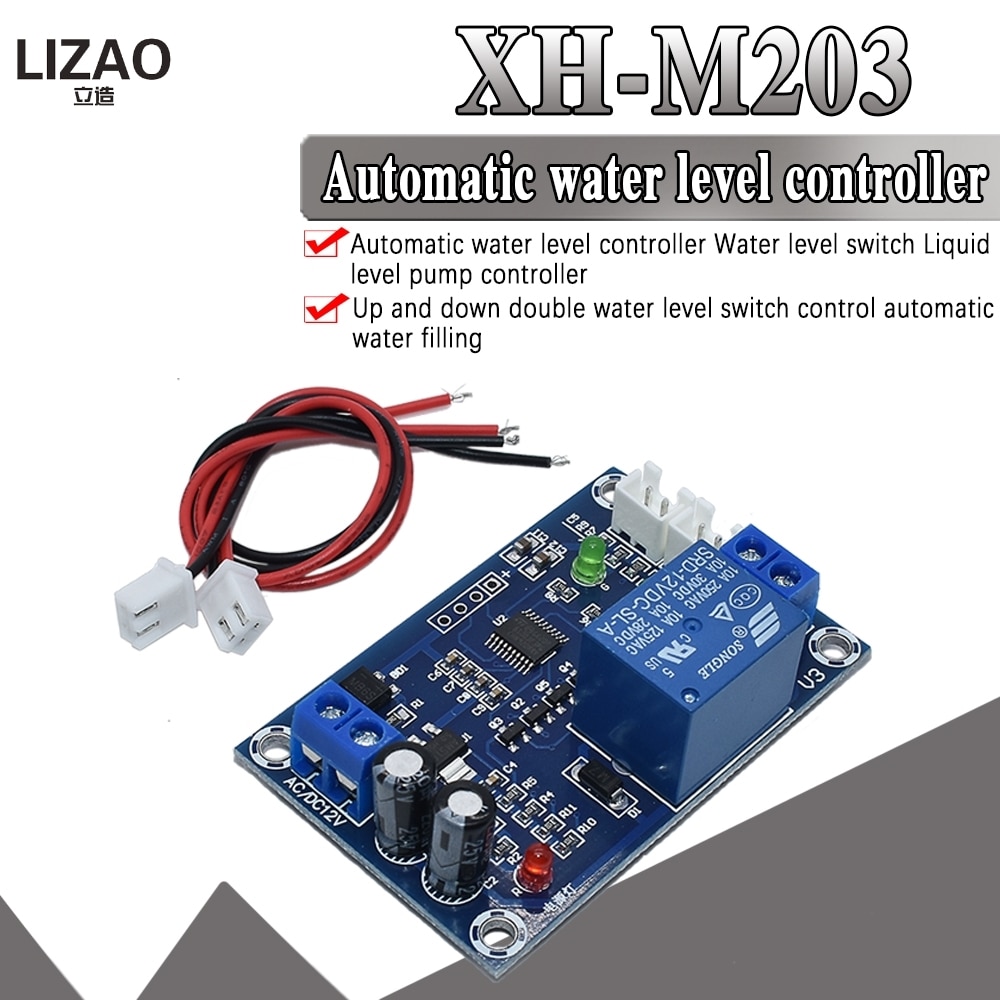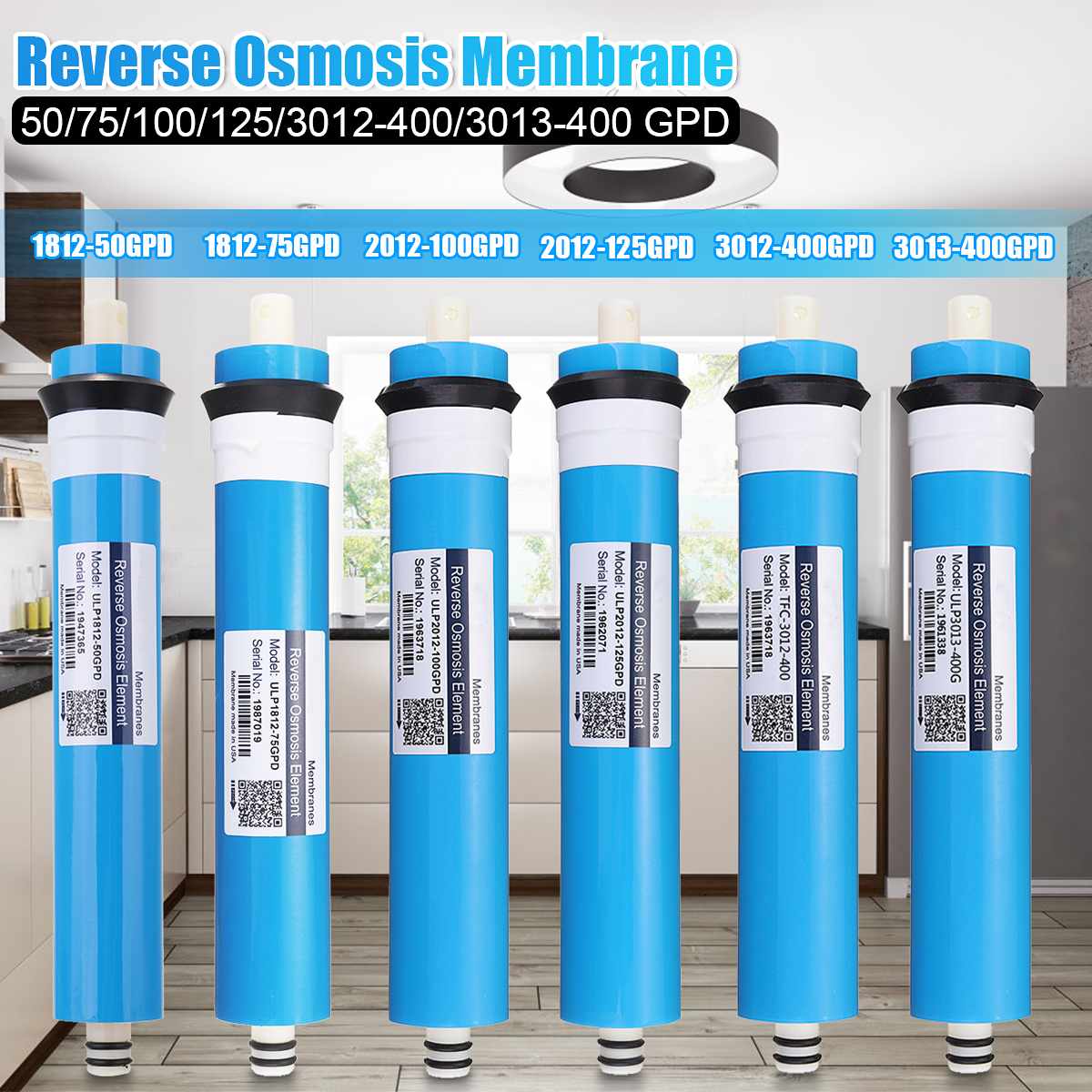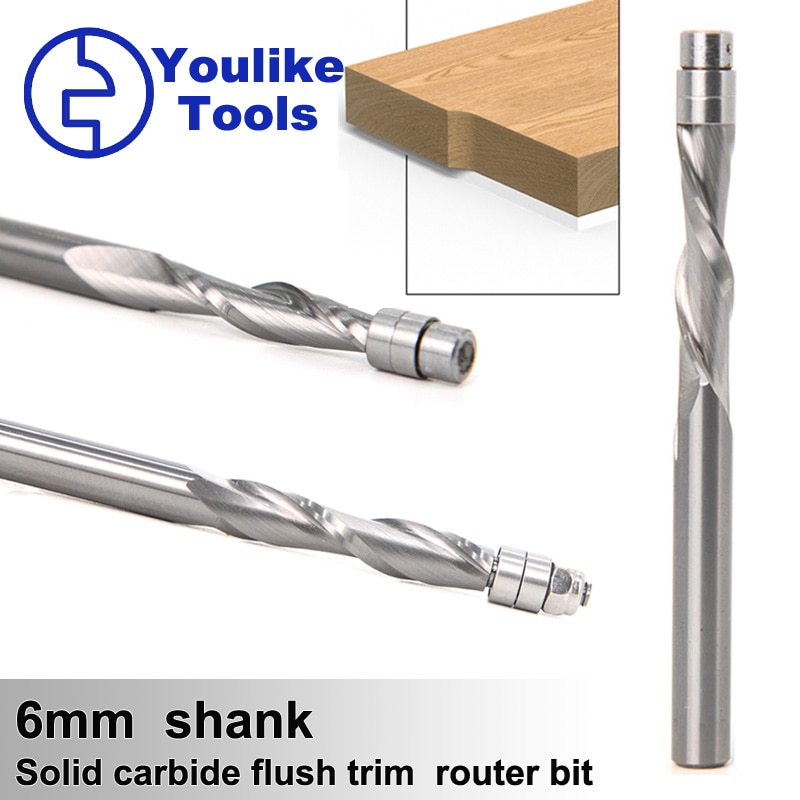I love the sea. 15 years ago, did a skipper license, and once in a while go out sailing with the family. Not as much as I would want to though. Wanted to build a reef tank for a long time. For years it stayed within a realm of dreams.
Half a year ago, I have decided it’s time to do something about it, and begun reading, learning and planning.
I am starting this thread mostly for myself, to keep track of my own progress. Maybe it will help others in some DIY aspects.
This will be a kind of peninsula display tank viewable from 2 sides. 150cm x 50cm x 65cm (~60"x ~20"x ~26")
450 liter (~120g) display. The sump I think will hold about 160 additional liters. So total about 600 liters (160g)
My wish to build this with my own hands as a DIY, is the major part of this project.
I have and am, spending lots of time on the forums, learning and absorbing all I can.
Planning, designing gathering information. Things to do and what not to do.
One thing I realize is this is a very long journey :
Sep 2020 - began actively thinking about it.
Jan 2021 - started to build the metal stand.
Mar 2021 - Start manufacturing: rocks, sump, Chiller, Controller , Led lights
May-Jun 2021 - hope to fill water, dependent on the rock aquascape building
Sep-Oct 2021 - maybe will put a small fish inside, considering the cycling etc.
This hobby/project will require many different fields of expertise and knowledge, with various levels of complexity and depth.
And what I don’t know, I will learn. I know how to work with wood, plastic and a little with metal. I know electronics and I am a programmer.
So, I think I can do much of the equipment myself.
Generally speaking, I wish to BUY as little as possible. I realize obviously that I can’t manufacture glass or acrylic or DC pumps. And I will be buying livestock of course . But I manage to gather materials for a very low cost, if not for free.
. But I manage to gather materials for a very low cost, if not for free.
For example. I went to look for businesses that work with acrylic. They often throw away lots of material as byproduct or old "street light signs". So, I gathered a substantial amount of acrylic pieces with various sizes and width that will be enough to build 2 systems like mine. I will see how successful I will be though ...
I am keeping track of all my current and future expenses in an excel model
currently I am looking at about 5600$ cost for reasonably well-equipped system. Including some corals and fish.
The same size system ordered from my LFS will cost 10,000$ WITHOUT water inside etc...
Apart from wanting a mixed reef tank, I don’t particularly know what type of livestock I will have. And I know that many people say that this should be my first decision, based on which, everything else will follow and be based on. But I am consciously choosing to delay this to a later decision phase
I don’t intend to invest lots of money in various equipment types. So, my basic thinking is that I need to build a platform that will serve me for anything that I envision myself to have.
Basically, the bellow picture shows what I have planned so far. It’s a work in progress, and its changing based on what I learn along the way.

The stand is from metal (will detail the build later). The sump and many of the parts will be from acrylic. the display tank is 15mm extra-clear glass which I intend to glue myself. I have gathered all the technical dimensions of PVC parts and even pumps and various other general parts. Thus, I have reasonably good trust in the placement of parts inside the cabinet. But all the details will follow...
I am following the bellow general plan.
1 - build the stand
2 - build a wooden mockup for the tank, to use for constructing the rock structures and start making the rock. This will take several months for rock to cure and kure...
3 - meanwhile to order the PVC parts. will take a month or so to get here from china.
4 - build the display tank.
5 - build the sump and reservoirs for auto water replacement and RODI etc... (from acrylic as well)
6 - order the pumps and other stuff
7 - build the lights, controller, Heat Exchanger (chiller-heater)
8 - fill with water and bacteria and cycle. (3-4 month I guesstimate. want to do a "No fish cycle" and dry rock startup)
9 - the journey actually begins...
I will be building :
DIY ROCK aquascape
DIY ATO - auto water top-off system with remote reservoir.
DIY Auto Water change system - also with remotely located salt water tank.
semi DIY Heater and Chiller will be based on an Air condition compressor and next to tank heat exchanger unit.
DIY Auto Dosing system
DIY controller based on Reef-Pi / RoboTank board .
DIY UV lamp - trying to design 2 of these. for low and high flow. (changed my mind. bought 2x36W units of Sunsun)
DIY auto fleece roller
DIY Protein skimmer - venturi based
DIY Sump - acrylic . with refugium and DIY algae scrubber
DIY LED lights
Half a year ago, I have decided it’s time to do something about it, and begun reading, learning and planning.
I am starting this thread mostly for myself, to keep track of my own progress. Maybe it will help others in some DIY aspects.
This will be a kind of peninsula display tank viewable from 2 sides. 150cm x 50cm x 65cm (~60"x ~20"x ~26")
450 liter (~120g) display. The sump I think will hold about 160 additional liters. So total about 600 liters (160g)
My wish to build this with my own hands as a DIY, is the major part of this project.
I have and am, spending lots of time on the forums, learning and absorbing all I can.
Planning, designing gathering information. Things to do and what not to do.
One thing I realize is this is a very long journey :
Sep 2020 - began actively thinking about it.
Jan 2021 - started to build the metal stand.
Mar 2021 - Start manufacturing: rocks, sump, Chiller, Controller , Led lights
May-Jun 2021 - hope to fill water, dependent on the rock aquascape building
Sep-Oct 2021 - maybe will put a small fish inside, considering the cycling etc.
This hobby/project will require many different fields of expertise and knowledge, with various levels of complexity and depth.
And what I don’t know, I will learn. I know how to work with wood, plastic and a little with metal. I know electronics and I am a programmer.
So, I think I can do much of the equipment myself.
Generally speaking, I wish to BUY as little as possible. I realize obviously that I can’t manufacture glass or acrylic or DC pumps. And I will be buying livestock of course
For example. I went to look for businesses that work with acrylic. They often throw away lots of material as byproduct or old "street light signs". So, I gathered a substantial amount of acrylic pieces with various sizes and width that will be enough to build 2 systems like mine. I will see how successful I will be though ...
I am keeping track of all my current and future expenses in an excel model
currently I am looking at about 5600$ cost for reasonably well-equipped system. Including some corals and fish.
The same size system ordered from my LFS will cost 10,000$ WITHOUT water inside etc...
Apart from wanting a mixed reef tank, I don’t particularly know what type of livestock I will have. And I know that many people say that this should be my first decision, based on which, everything else will follow and be based on. But I am consciously choosing to delay this to a later decision phase
I don’t intend to invest lots of money in various equipment types. So, my basic thinking is that I need to build a platform that will serve me for anything that I envision myself to have.
Basically, the bellow picture shows what I have planned so far. It’s a work in progress, and its changing based on what I learn along the way.
The stand is from metal (will detail the build later). The sump and many of the parts will be from acrylic. the display tank is 15mm extra-clear glass which I intend to glue myself. I have gathered all the technical dimensions of PVC parts and even pumps and various other general parts. Thus, I have reasonably good trust in the placement of parts inside the cabinet. But all the details will follow...
I am following the bellow general plan.
1 - build the stand
2 - build a wooden mockup for the tank, to use for constructing the rock structures and start making the rock. This will take several months for rock to cure and kure...
3 - meanwhile to order the PVC parts. will take a month or so to get here from china.
4 - build the display tank.
5 - build the sump and reservoirs for auto water replacement and RODI etc... (from acrylic as well)
6 - order the pumps and other stuff
7 - build the lights, controller, Heat Exchanger (chiller-heater)
8 - fill with water and bacteria and cycle. (3-4 month I guesstimate. want to do a "No fish cycle" and dry rock startup)
9 - the journey actually begins...
I will be building :
DIY ROCK aquascape
DIY ATO - auto water top-off system with remote reservoir.
DIY Auto Water change system - also with remotely located salt water tank.
semi DIY Heater and Chiller will be based on an Air condition compressor and next to tank heat exchanger unit.
DIY Auto Dosing system
DIY controller based on Reef-Pi / RoboTank board .
DIY UV lamp - trying to design 2 of these. for low and high flow. (changed my mind. bought 2x36W units of Sunsun)
DIY auto fleece roller
DIY Protein skimmer - venturi based
DIY Sump - acrylic . with refugium and DIY algae scrubber
DIY LED lights
Last edited:





